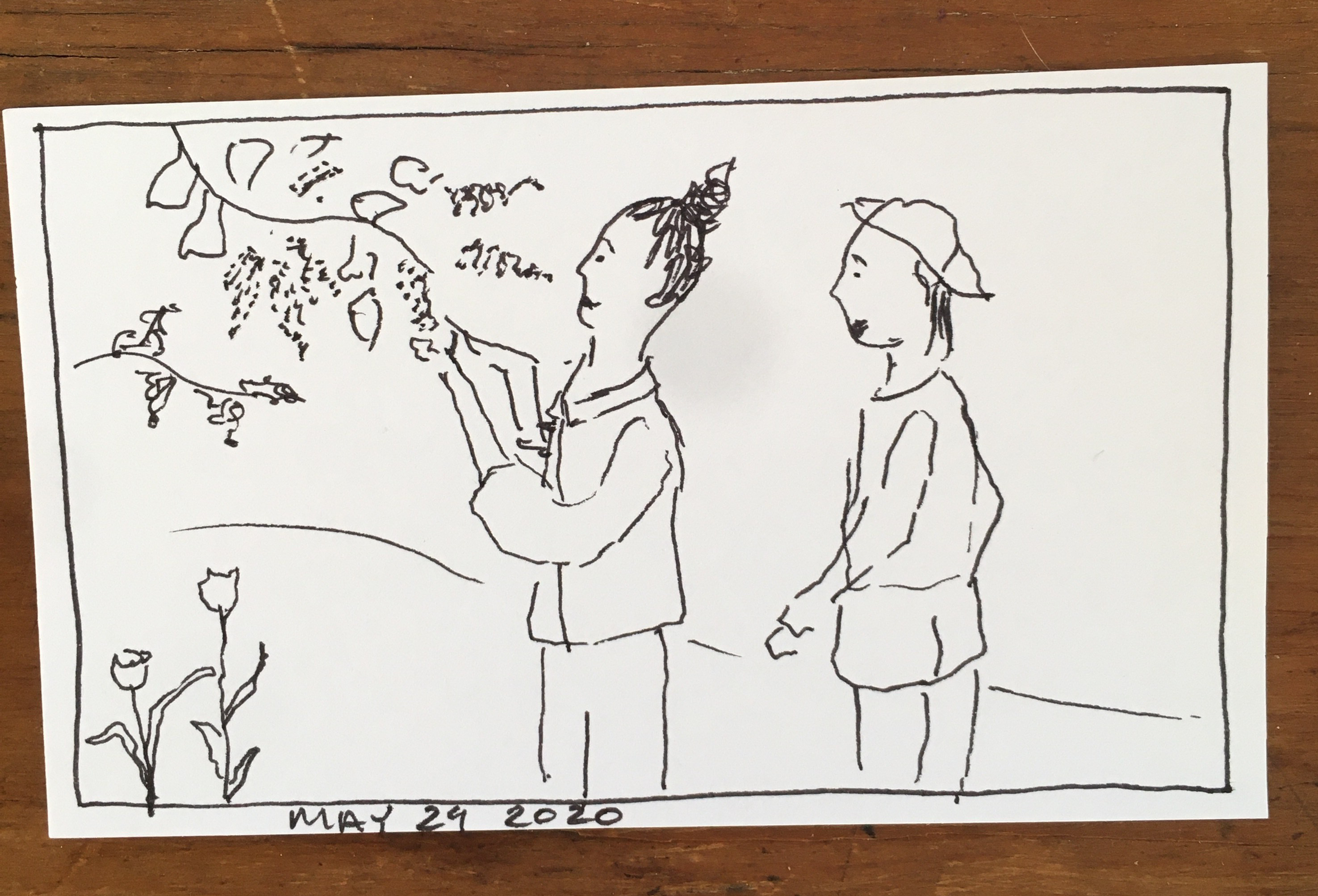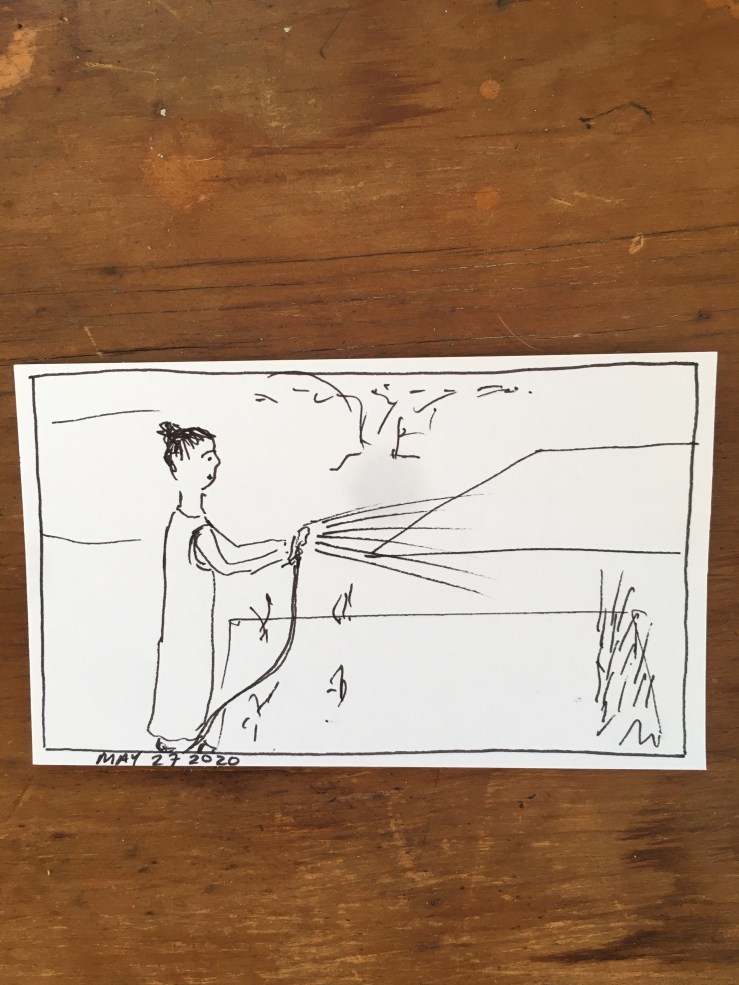
I listen to a lot of different podcasts about writing. I’m particularly drawn to detailed craft discussions, conversations about process, and talks about how ideas make it to the page. Often, by way of a podcast, I’m introduced to a writer I haven’t read yet. This is how I came to the work of Lidia Yuknavitch, author of The Chronology of Water and Verge, among others. You can listen to her fantastic interviews with David Naimon on Between the Covers or with Brendan O’Meara on the Creative Nonfiction Podcast. She also has presented a TED Talk The Beauty of Being a Misfit.
Lidia has created a space for writing workshops called Corporeal Writing and generously offers a free intensive 90-minute online session on the Narrative Helix form. This is an example of a number of Write Now intensives offered online through the website. I watched the narrative helix video and came to understand the form (two completely different strands of writing, one a themed list of the writer’s choosing, and a second narrative story delivered in short chunks of prose, then interspersed by selections from the [unrelated/maybe related] list…it sounds more complicated than it is…the video of course is much better. Watch it.). I was intrigued to learn the value of using a different, structured way to enter and write difficult emotional material.
So, I tried it. And it’s working. I’ve completed a draft and it’s 7400 words. I’m aiming to edit it down to 3000 if I can. But I wanted to write here about the process and experience of working through the exercise. The list was easy to come up with and populate: 1980s movies. For the story aspect, I used a photograph from around that time as my jumping off point and a stream of consciousness approach to write everything and anything that popped into my head about each person in the picture. This was interesting. My thoughts tumbled freely and the memories surfaced easily. The approach also suited my restricted writing schedule…these days only an hour each morning. But, an hour of solid writing can generate a lot of material, especially if I’m not editing the writing as I work.
In the video, Lidia discusses how the two narrative strands twist round each other to create a resonance between them (and become a helix). I didn’t quite believe this would happen…but it did. When I started writing I wasn’t sure where the project was taking me, I just followed the steps. Now, after the first draft, I see the repeated imagery (knives) and can question its appearance (I won’t spoil the reason, but it has now become the focus of the essay, the thesis statement, if that makes sense). I’m looking forward to going back and crafting the piece, collaging it together, to carry a reader through my story. Somehow, the exercise has helped me to understand how the pieces and process work together. I’ve challenged myself further and have signed up for one of the Corporeal Writing online courses…more to come.







